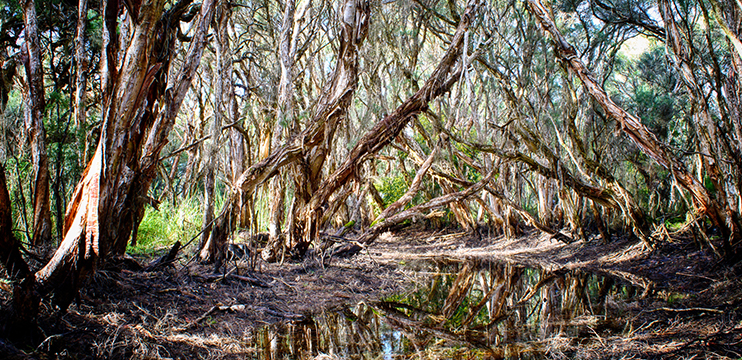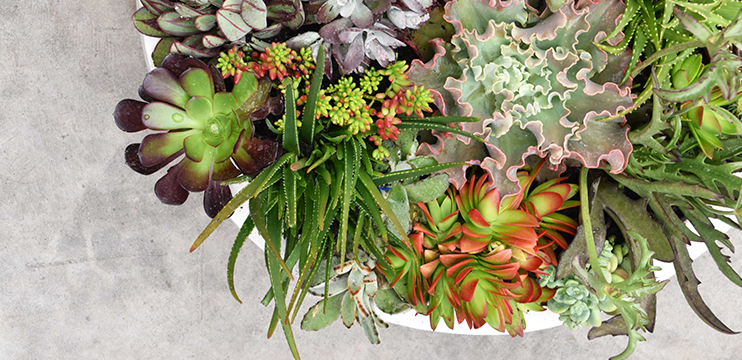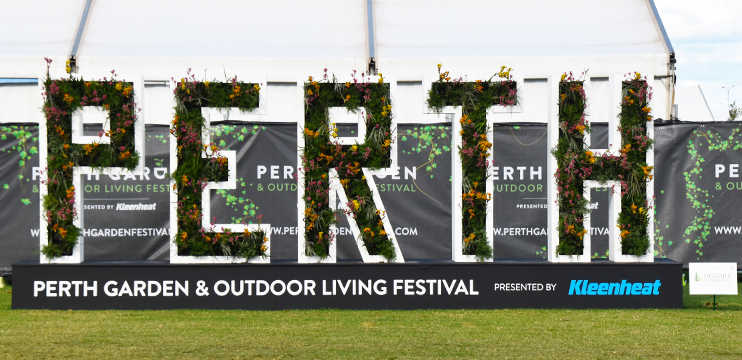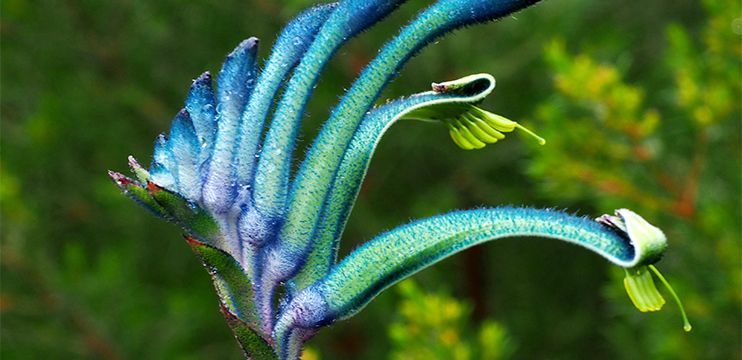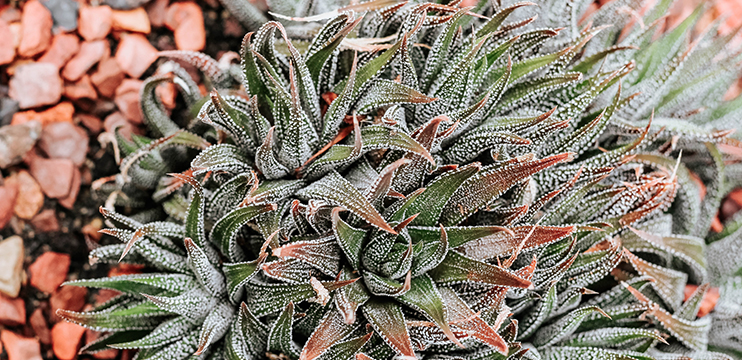One of the biggest impacts on a healthy waterway system is salinity. Salinity is salt in soil or water and is produced by either natural processes, such as weathering of rocks or wind and rain depositing salt over thousands of years, or by widespread land clearing and altered land use. Excessive salinity can significantly affect agriculture, drinking water supplies and ecosystem health for both rural and urban communities.
Managing salinity typically requires diverting saline groundwater to evaporation basins; maintaining the health of wetlands; planting crops that reduce drainage; and restoring vegetation cover with appropriate native species.
Native plants do more than just improve soil and water quality. They are essential to the health of the ecosystem and overall biodiversity, expanding existing microhabitats for native fauna, providing food sources and nesting materials.
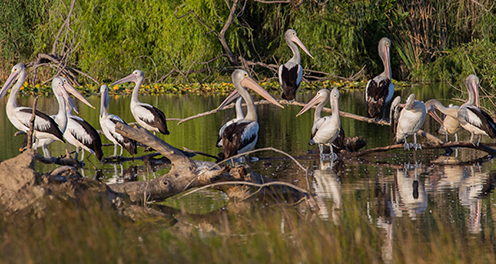
Our passion for rebuilding our natural habitat led us to create a specialist native revegetation department.
Our experienced and knowledgeable team propagate and produce the highest quality native tube stock for revegetation and landscaping projects across metro and regional areas – including those combating high salinity.
This includes mass producing wetland reeds and sedges such as Baumea articulata, Baumea juncea (Bare Twig Rush), Baumea preissii (Soft Twig Rush) or Baumea rubiginosa; Bolboschoenus caldwellii (Marsh Club Rush); Juncus pallidus (Pale Rush) and Schoenoplectus Validus (Lake Club Rush). These plants are typically found in dams, swamps, lakes, creeks and on the edge of brackish water in coastal rivers and lagoons. They spread along the water’s edge, providing habitat for native water birds, frogs, insects and small fish.
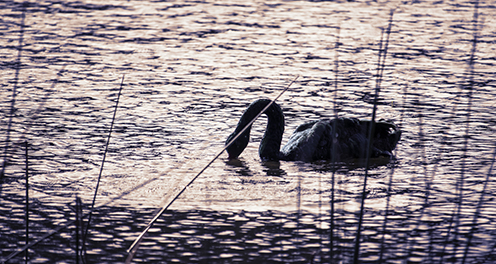
These wetland species are ideal for cleansing the soil and water in an affected area. An example of their use is the highly successful Eric Singleton Bird Sanctuary in Bayswater WA. This urban wetland’s rehabilitation project aimed to combat high levels of nutrients and heavy metals, and dissolved oxygen levels.
Completed between 2014-2015, the project included 170,000 native plants across the above reed species as well as tree and shrub planting. The Sanctuary is today a thriving community and environmental asset, home to a wide variety of native fauna, namely birds and frogs.
Explore our online plant library to discover wetland suitable plants.

